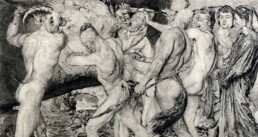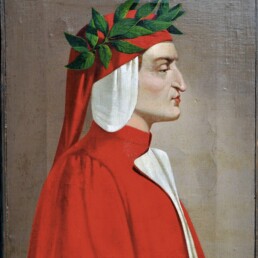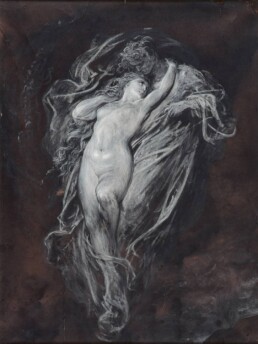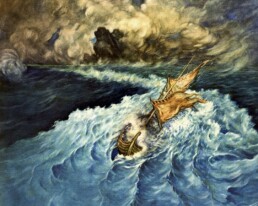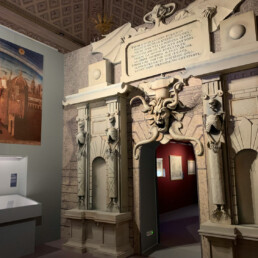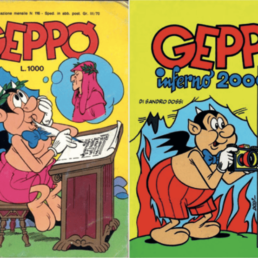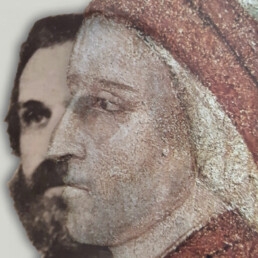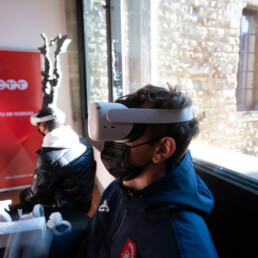“The wonderful vision: Dante and the Comedy in the Symbolist Imagery “: a new exhibition at the Bargello Museum on the occasion of the 700th anniversary of the poet’s death
Remaining open until January 9, it investigates the importance of the Divine Comedy and its author in the artistic context of the nineteenth century
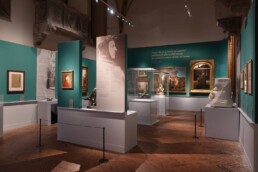
“The wonderful vision: Dante and the Comedy in the Symbolist Imagery” is the title of the second exhibition scheduled at the Bargello National Museum in the year marking the seventh centenary of the poet’s death. The exhibition, curated by Carlo Sisi and Ilaria Ciseri, will remain open to the public until January 9, 2022, and aims to investigate the complex perception of the figure of Dante and the Divine Comedy in the artistic and literary context of the nineteenth to twentieth centuries.
An itinerary of 57 works includes paintings, sculptures, prints, engravings and photographs from museums, libraries and international cultural institutes (including Musée d’Orsay, Musée Rodin, the Prado Museum, Pinacoteca di Brera, the Uffizi Galleries, the Modern and Contemporary Art Galleries – Museum of the Nineteenth Century in Ferrara and the Etruscan Museum of Villa Giulia) as well as a number of important private collections.
The title of the exhibition, La mirabile vision, refers to studies of Dante by Giovanni Pascoli, and is divided into various sections that are dedicated to the discovery of the oldest portrait of Dante in the Bargello by Giotto (1840), and to the influence of the Vita Nova in the mid-late nineteenth century. The show also explores the great and tragic characters of the Comedy represented in the international artistic field, and works presented at the Concorso Alinari in 1901, as well as illustrations that are more similar to the symbolist sensibility, but also to the resonance of the Comedy in literary production by Giovanni Pascoli and Gabriele d’Annunzio.
Among the works on display are masterpieces by leading figures of the period including Giovanni Duprè, Amos Cassioli, Gustave Doré, Auguste Rodin, Jean-Baptiste Carpeaux, and Emile-Antoine Bourdelle. The show also focuses on two great publishing companies: the Concorso Alinari for the illustration of the Divine Comedy of 1900 in which Giovanni Fattori, Galileo Chini and Plinio Nomellini participated, and the edition of the Commedia published in 1911 by Leo S. Olschki. The first of these summoned artists to illustrate the poem, with results consistent with contemporary symbolism. The second, defined as “monumental”, saw Gabriele D’Annunzio emerge as the leading figure and he was given the task of writing the introduction to the precious volume.
The figure of Dante in the nineteenth and twentieth centuries
After the mid-nineteenth century and just before Dante’s centenary celebrated in 1865, the figure of Dante became more and more identified with the national ideals set forth by the results of the Risorgimento politics, for which Dante is defined as the “precursor of the unity and freedom of Italia” and became represented as such in the official monuments that began to populate the Italian squares, such as that in Santa Croce, Florence.
The tastes and thoughts of the Pre-Raphaelites focused on the facts of the poet’s life, with the intention of embodying the medieval dream in the representation of an exemplary biographical story. The aesthetic influences in those years were indicated as a model of life for the people of the time. The episode of Paolo and Francesca constitutes, for example, a paradigm of that expressive harmony which can be seen in the works of Gustave Dorè, Auguste Rodin, Gaetano Previati: an essential but significant anthology of the destiny of a theme, the crimen amoris, amplified by the tragedy of Gabriele d’Annunzio and the music of Riccardo Zandonai.
At the end of the nineteenth century, the celebrations to commemorate the sixth centenary of the election of Alighieri as Prior of the Arts in the government of the Florentine Republic were the occasion for important initiatives linked to Dante’s fate. In April 1899, the Executive Commission of the Società Dantesca Italiana resumed the Lectura Dantis in Orsanmichele, while, on the cusp of the new century, the same authoritative association entrusted the fate of that literary ‘spring’ to the imagination of Gabriele D’Annunzio, the valuable commentator of canto VIII of Hell, and who wrote the forward of the sumptuous 1911 edition of the Comedy published by Leo Samuel Olschki.
“The wonderful vision: Dante and the Comedy in the Symbolist Imagery“, supported by the National Committee for the Celebrations of the 700th anniversary of Dante Alighieri’s death, was also realized thanks to the contributions from the Art Bonus to the Bargello National Museum in the year of Dante. The exhibition is organized in collaboration with Firenze Musei. The scientific project is by Carlo Sisi who, together with the scientific committee – made up of Emanuele Bardazzi, Ilaria Ciseri, Flavio Fergonzi, Laura Melosi – edited the exhibition catalogue published by Polistampa.

